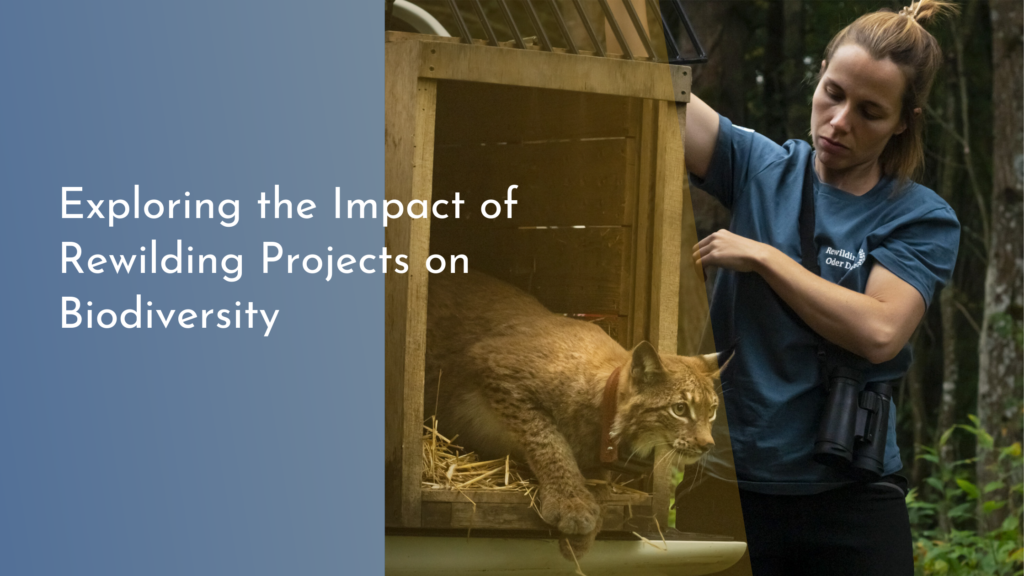Agroforestry in Restoring Riparian Zones
Agroforestry, the integration of trees and shrubs into agricultural landscapes, has gained recognition as a powerful strategy for restoring riparian zones—those vital interfaces between land and water. These ecosystems play a crucial role in maintaining biodiversity, protecting water quality, and providing habitat for wildlife. However, many riparian zones have been degraded due to agriculture, urbanization, and pollution. By implementing agroforestry practices, communities can not only restore these essential areas but also reap numerous benefits that contribute to sustainability and resilience.
This article delves into the myriad advantages of agroforestry for riparian restoration, highlights key practices to implement, showcases inspiring success stories, and provides actionable steps for individuals to get involved. Together, we can foster healthier ecosystems that support both agricultural productivity and environmental integrity.
Discovering the Benefits of Agroforestry for Riparian Zones
Agroforestry offers a diverse range of benefits for riparian zones, significantly enhancing their ecological health and functionality. First and foremost, the introduction of tree and shrub layers helps prevent soil erosion by stabilizing banks with their extensive root systems. This not only protects water quality by reducing sedimentation but also mitigates the impacts of flooding, benefiting both aquatic and terrestrial ecosystems. Additionally, agroforestry can improve water retention in the soil, promoting better hydration for crops and native plants alike.
Moreover, the incorporation of diverse plant species in agroforestry systems creates habitats for various wildlife, including birds, insects, and small mammals. This biodiversity is essential for maintaining ecosystem balance and resilience. Furthermore, agroforestry practices can enhance the aesthetic appeal of riparian zones, offering recreational opportunities for local communities and attracting eco-tourism. The blend of agriculture and nature can also provide farmers with additional sources of income through the selling of timber, fruits, or other non-timber forest products, creating a win-win situation for both the environment and local economies.
Key Practices in Implementing Agroforestry Techniques
Implementing agroforestry techniques in riparian zones involves several key practices that contribute to ecological restoration and agricultural productivity. One common method is the use of buffer strips, where native trees and shrubs are planted along riverbanks to create a protective corridor. These plantings act as filters for pollutants, providing a natural barrier that improves water quality while also providing habitat for wildlife. Additionally, agroforestry can incorporate alley cropping, where crops are grown in between rows of trees, ensuring that both agricultural outputs and ecological benefits are maximized.
Another essential practice is the establishment of silvopasture, which integrates trees with grazing livestock. This approach not only improves animal welfare by providing shade and forage but also enhances soil health and carbon sequestration. Furthermore, engaging in community-led initiatives that promote education and awareness about these techniques can inspire wider adoption. Collaboration with local agricultural extension services and conservation organizations can support the dissemination of knowledge and resources, ensuring that agroforestry practices are effectively implemented for riparian restoration.
Success Stories: Communities Thriving with Agroforestry
Around the world, numerous communities have successfully embraced agroforestry to restore their riparian zones, showcasing the potential of this approach. In the United States, farmers in the Midwest have implemented agroforestry practices that not only enhance biodiversity but also improve water quality in nearby streams and rivers. By planting native trees and shrubs, these communities have seen a significant reduction in nutrient runoff, leading to healthier aquatic ecosystems and improved fishing opportunities. This initiative has fostered a sense of community pride and stewardship, with locals taking active roles in monitoring and maintaining their restored riparian areas.
Similarly, in the tropical regions of Southeast Asia, agroforestry has been utilized to restore degraded riverbanks and promote sustainable livelihoods. Communities have adopted practices such as agroforestry gardens, where diverse crops and trees provide food security and economic benefits. Local farmers report increased yields and resilience to climate variability, as the integration of trees supports soil fertility and moisture retention. This holistic approach has not only revitalized the riparian zones but also strengthened community bonds as residents work together toward a common goal of environmental health and economic sustainability.
How You Can Contribute to Riparian Restoration Efforts
Individuals can play a vital role in riparian restoration efforts through simple yet impactful actions. One way to contribute is by planting native trees and shrubs along local waterways, either as part of community planting events or individual initiatives. Engaging with local environmental organizations can help identify suitable species and locations for planting, ensuring that efforts align with ecological needs. Additionally, advocating for agroforestry practices within agricultural communities can raise awareness of the benefits these methods provide, encouraging broader adoption of sustainable land-use strategies.
Furthermore, supporting policies and initiatives that promote agroforestry and riparian restoration at local, regional, and national levels can amplify impact. Joining or forming groups focused on environmental stewardship can offer opportunities for education, collaboration, and collective action. Whether through volunteer work, donations, or simply spreading the word about the importance of healthy riparian zones, every effort counts. By working together, we can restore and protect these essential ecosystems for future generations.
In summary, agroforestry presents a promising pathway for restoring riparian zones while fostering ecological balance and community resilience. The benefits of these practices extend beyond environmental health to economic sustainability and enhanced community well-being. By understanding key techniques, learning from successful examples, and actively participating in local restoration initiatives, we can all contribute to a brighter, greener future. Let us celebrate the power of agroforestry and its potential to transform our landscapes, one riparian zone at a time!



